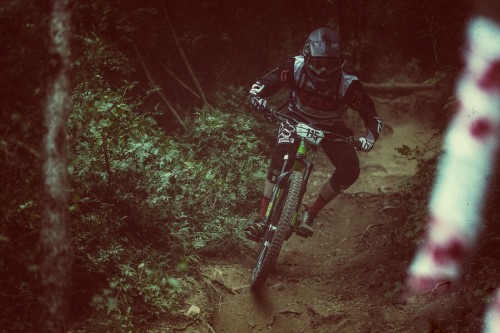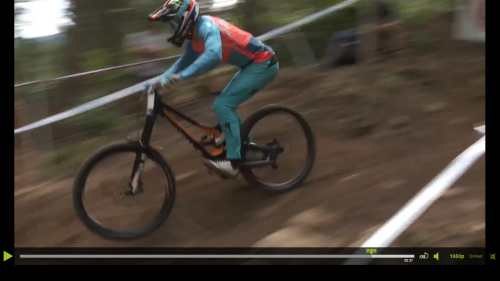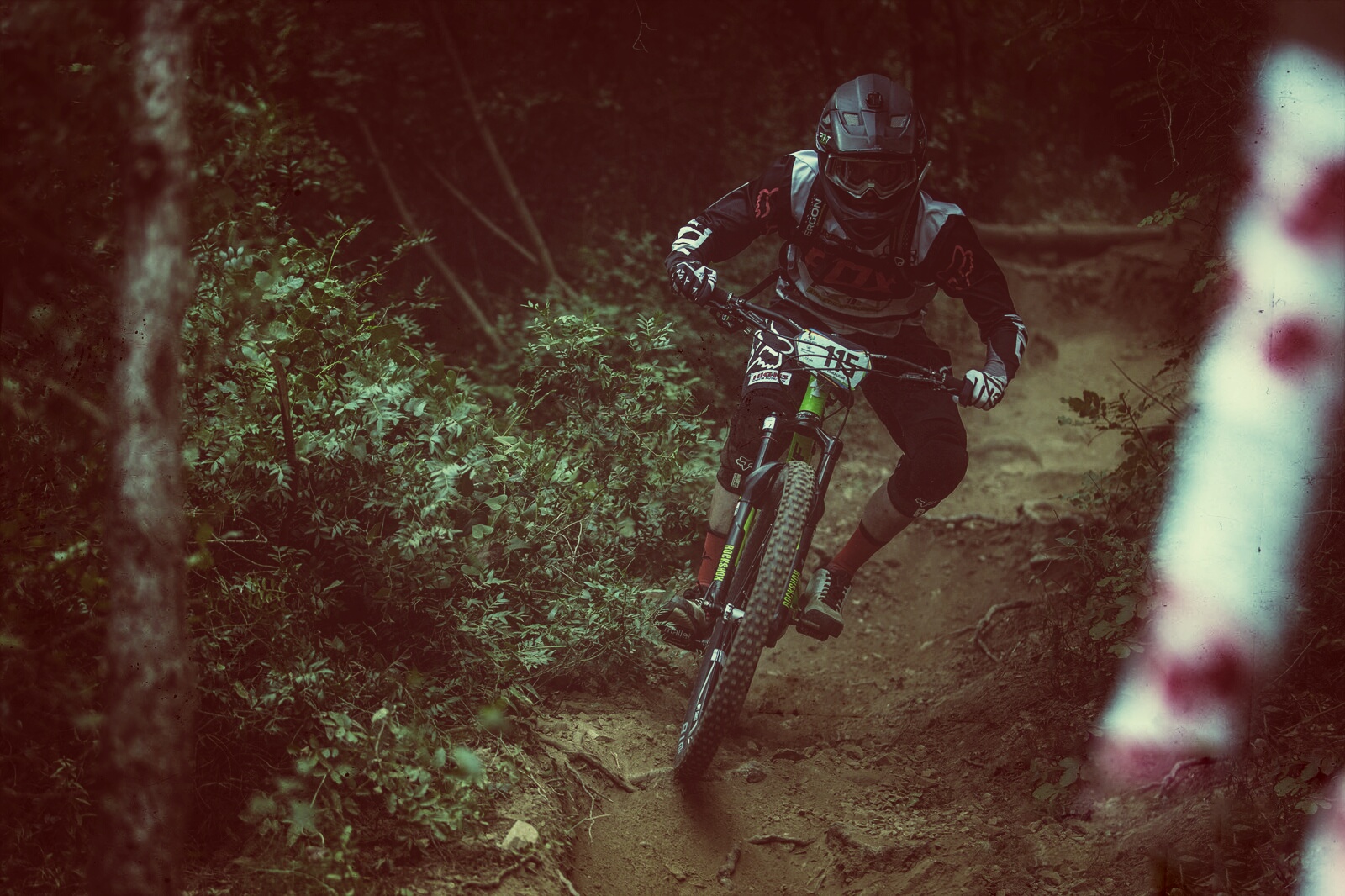I’m hoping that this won’t take to much of your time! I’m also hoping that the title doesn’t deceive! We are gonna talk about cool and sexy training stuff like plyometrics and the like! #rad #cool #crossfit #mma
Stiffness and athletic performance is hallmarked by the goldilocks effect. Just right is what you need but just right is individual. One of the biggest issues I have now realised in my own long-term education and development as a coach is viewing the type of training that promotes or improves stiffness qualities in mechanistic terms. So that meant very often losing total sight of the true stiffness needs of the athlete, stiffness demands of the sport and focusing to everyone’s detriment on daft things like “improving power” only!
So here we go…Sport is movement; any sport from darts to dodgeball; Formula 1 to fencing. Movement wins. Using training interventions to improve particular areas of physiology that improve the athlete’s potential to perform is one large part of what coaches do. Stiffness in the athletic sense refers to possible more than one thing, but for myself “stiffness” is the adequate strength and control of muscular action that allows connective tissues like fascia, tendon and ligament to store and transmit elastic energy!

The co-ordination of muscular strength that allows stiffness to transmit and absorb forces is what creates a huge part of your “riding dynamics” on the bike. Science often models the stiffness of the lower limbs like a spring; it’s the stiffness of this spring that the body inherently alters as it’s faced with different movement challenges. In running it has been shown that stiffness is altered naturally when the human foot strikes surfaces of different hardness…why? Well at the core altering the stiffness of the muscle-tendon units (fancy way of saying muscles and connective bits that make and transfer force) allows for the maintenance of position of your centre of mass (COM); often referred to as centre of gravity. As the body comes into contact with different surface types that act as springs themselves then it’s only expected that our inherent joint stiffness changes so we maintain our preferred or “optimal” centre of mass that allows us to get from A to B in the least energy costly manner possible. Awfully useful!
Taking that idea from running research, applied to the MTBer it’s marginally more complex but not complicated. Athlete on bike, that may or may not have suspension, rides terrain of varying “hardness”, varying properties that require different amounts of joint stiffness to successfully apply the most useful technique to the challenges of the environment that in end will likely get us from A to B with the least fuss. At it’s core “skill” is the timely application of the correct technique, in the right amounts, that allows the bike and rider to travel to the next point in the trail fastest and smoothest. the key to that technique application is often maintaining COM within a certain bandwidth on the bike to allow you to make the movements needed given the demands of the trail to apply said techniques as skill and bingo, bango move from A to B fluidly!

The forces acting on bike and rider in the above situations are gravity, friction and air…to overcome these forces or better put, to successfully deal with these forces so as you can apply the right movement at the right time in the right amounts means you need some physiological minimums and that’s where we come back around full circle to the importance of stiffness. Strength is the key “starting” quality one needs. Strength defined as “the ability to exert force on an external object or resistance” is core to employing the correct technique as it allows the rider to exert enough force against gravity to maintain posture, hold the optimal centre of mass and move as needed regardless of how you must move given the trail demands. Adequate muscular strength then means you can use the stiffness and stored elastic energy in your connective tissues to amplify your movements and/or simply apply technique with less energy expended. Without adequate strength you can’t use stored elastic energy or the stretch – shorten cycle we all see as “explosive movement”!
Co-ordination of the application of strength is the real strength needs of the athlete. Arguably the two are inseparable or even one and the same…as Frans Bosch has recently popularised. To help you visualise what I mean imagine the novice rider tackling a steep rocky section with some step rocks and big holes; at the same time imagine someone like Troy Brosnan in the same section. What do we see?
The novice will struggle to coordinate movement and apply force in the right way to maintain their centre of gravity/mass in a neutral position that allows them to skip over the terrain…instead they will shift their hips back and down and with extended arms and very flexed knees and hips they’ll “trundle” down the section using huge amounts of muscular force to maintain these poor joint angles and as such use huge amounts of energy and go awfully slowly in the process! Troy or similar on the other hand will stand pretty tall, drop their heels, have soft but not particularly acute bend in the knees and from there skip over the rough terrain using the stiffness in his joints across their entire body as series of changeable springs that will absorb, amplify and transmit force/strength as needed when needed.
Head and vision stay stable, hips stay neutral, centre of mass constant (within the bandwidth), body relaxed, stress response optimal and energy stored and used wisely! Efficient bike riding; and the reason why the “attack/ready” position is often the first thing thought to new riders…likewise the reason why road cyclist struggle with mountain biking but not vice-versa!

Stiffness you ask? Well using training methods that improve an athlete’s stiffness but also teach the athlete how to apply, use and most importantly modulate or alter stiffness at the right time is where plyometric training and strength training come in. A breakdown in co-ordination on the trail can come from many factors, all inter-related, and arguably inseparable. The less skilled rider will always resort to acute joint angles and high amounts of muscular work; the more advanced rider using more elasticity and stiffness more often – so it goes without saying that riders of all levels may benefit from training STIFFNESS, in all it’s forms.
From plyometrics like drop jumps, hurdle jumps, counter movement jumps to modified olympic lifts like hang cleans to learning to land a jump and absorb force or control stiffness across multiple joint segments like in a KB swing…the training choices are varied and should be individually focused in light of the sport demands and characteristics!
In the next part of this article we will look at training methods and modes to improve and coordinate your stiffness and how you may try to apply it on the bike.
Sum Up:
Simply; with straighter limb postures lower muscle force is required to exert the same contact force on handlebars and pedals and you’ll go faster more safely and expend less energy!
This is why “strong enough” exists.
If we go further than purely mechanistic views of performance improvement we can understand the cumulative and integrative effects different training types have on how the very adaptable human organisms applies it’s evolved movement practices to very modern, alien sports!
Part 2 coming up!

